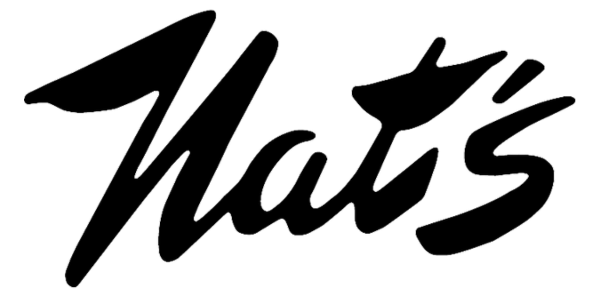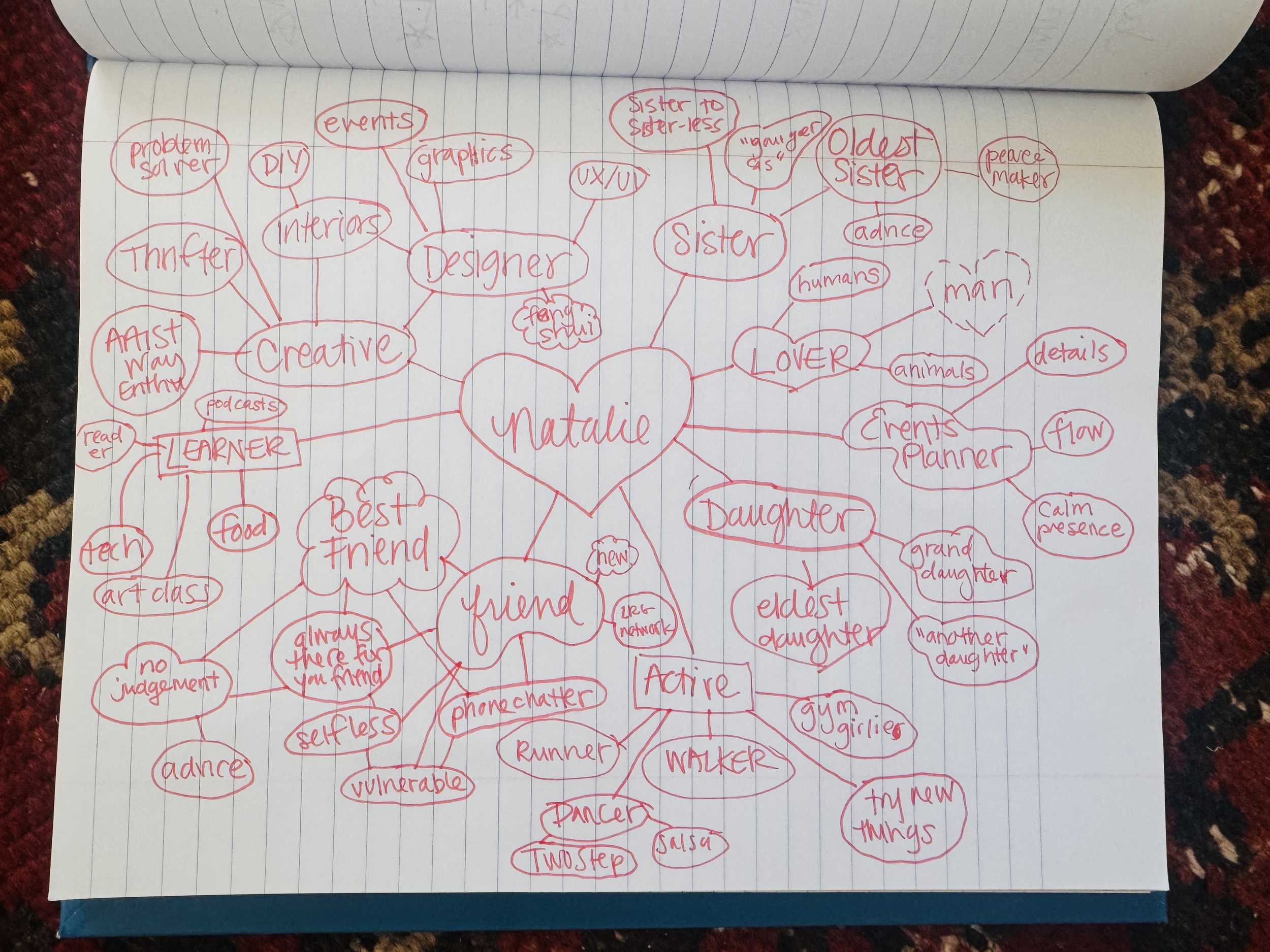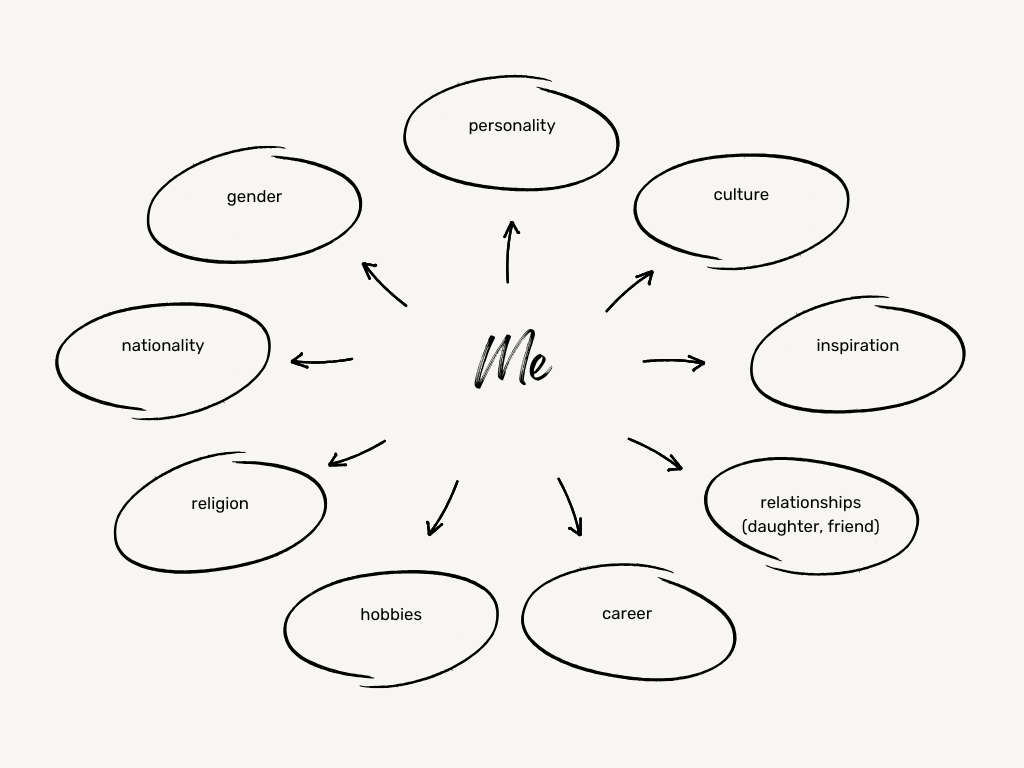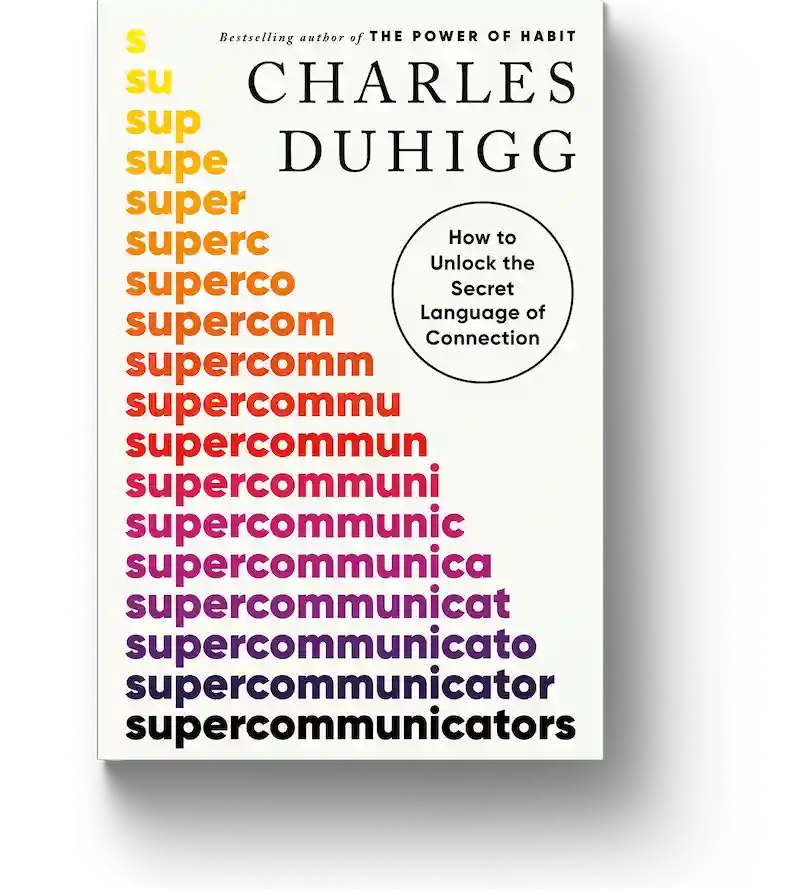Mapping the Complexity of Identity
The Power of Multiple Identities
Have you ever felt reduced to a single label? Perhaps you've been introduced as "the lawyer" at a gathering, only to feel the richness of who you are compress into that one dimension. Or maybe you've faced a challenging situation where a stereotype about one aspect of your identity threatened to undermine your performance or confidence (@me during my current job search “generalist” insecurities).
I recently encountered a fascinating concept while reading about identity research in Charles Duhigg’s book Supercommunicators. Studies show that when we're reminded of the multitude of identities we possess—rather than focusing on a single identity that might be subject to negative stereotypes—we actually perform better in challenging situations.
The Research Behind Identity Complexity
In one particularly striking study described in the book, researchers examined how women performed on math tests when primed to think about different aspects of their identities:
Women who were reminded only of their gender identity (a category often subject to negative stereotypes about math ability) performed worse than men
Women who briefly described how they saw themselves still underperformed
Women who were reminded of all the identities they possessed performed just as well as men
Self Concept Maps
In the study, they differentiated these women through self concept mapping. Women in the last group were encouraged to map out the various facets of their lives, with nodes describing the complexities of the various identities they possessed. The researchers concluded: "Drawing self-concept maps with few nodes proved ineffective... Drawing self-concept maps with many nodes, in contrast, allowed women who had been placed under stereotype threat to perform significantly better." (from Chapter 6 ‘Our Social Identites Shape Our Worlds’ p 186)
In other words, remembering our complexity makes us more resilient.
My Identity Mapping Experience
Inspired, I decided to create my own identity map. I started with my name in the center and began branching outward, identifying all the different roles, relationships, and qualities that make me who I am.
What emerged surprised me. From "Designer" and "Creative" to "Sister" and "Daughter," from "Learner" and "Problem Solver" to "Friend" and "Active" person—I mapped over 40 different aspects of my identity. Each node connected to others in a web of relationships that felt far more representative of who I truly am than any single label could.
Some key identity clusters that emerged:
Creative Identities: Artist, Designer (graphics, UX/UI, interiors), Thinker, DIY enthusiast
Relational Identities: Sister (oldest sister, sister to), Daughter (eldest daughter, granddaughter), Friend (best friend, always there for you)
Active Identities: Runner, Walker, Dancer, Gym goer
Learning Identities: Learner, Tech enthusiast, Reader, Art class
And I didn’t even talk about the fact that I am Italian!
Why This Matters
This exercise was liberating. When we reduce ourselves to a single identity—I am the designer or I am the daughter—we hobble ourselves. We start seeing the world solely through that one lens and forget our inherent complexity.
As the book points out, this has practical implications. A doctor who remembers they're also a parent might approach patient care with greater empathy. A teacher who recalls they're also a learner might connect better with struggling students.
For me, this mapping exercise revealed how my various identities enrich each other. My "problem solver" identity strengthens my design work. My "sister" identity informs how I show up as a friend. My "learner" identity keeps me humble as a professional.
Try It Yourself
I encourage you to try mapping your own identities. Here's how:
Write your name in the center of a blank page
Begin adding all the different identities you possess—roles, relationships, hobbies, inpiration
Draw connections between related identities
Step back and observe the patterns and clusters
Reflect on how these different aspects of yourself interact and support each other
You might be surprised at the complexity that emerges and how empowering it feels to see yourself as more than just one thing.
Moving Forward with Complexity
In a world that often tries to simplify us into single categories, remembering and embracing our multifaceted nature is an act of resistance. It's also a source of strength. I am taking the reflection of my complex identities to heart right now, as I move forward in my career to 1) be more confident in my varied skills and abilities as a “generalist” and 2) build a portfolio career using my identites in relation with each other to build strong connections with future clients and colleagues.
The next time you face a challenging situation where one aspect of your identity feels threatened or inadequate, try recalling this map—this visual reminder that you are never just one thing. You are a complex constellation of identities, each supporting and enriching the others.
And in that complexity lies your unique power.
—
My interpersonal connections are the greatest achievements of my life thus far, but I have never really thought about how my style of communication has helped me to build these relationships. Reading Supercommunicators by Charles Duhigg has made me stop to think about it. I’ve been so much more aware of the questions I ask, and have consciously used these tactics in conversations with friends. This book comes highly recommended by me.
Also, can we talk about the color palette and my current color palette?
This post is part of my "Life Long Learning" series documenting my educational journey and how it shapes my creative consulting approach.



